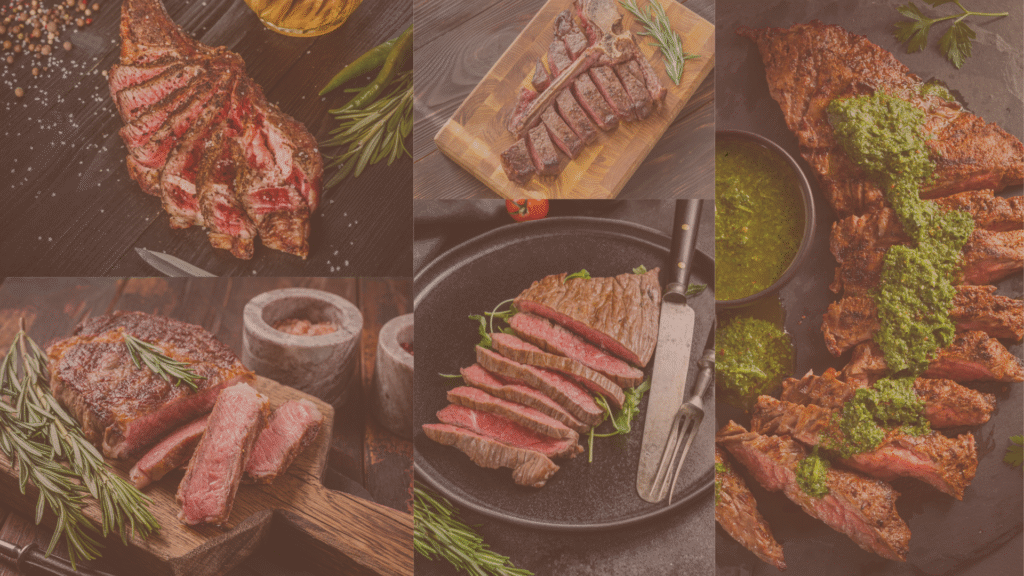
The Ultimate Guide to Steak Cuts
The Different Types of Steaks
“I love a good steak. You can’t beat it.”
— David Beckham
Not all steaks are the same. Each cut varies in texture, marbling, and flavor. Some are soft and buttery; others are bold and beefy. Understanding the differences helps you choose the best cut for your taste, budget, or occasion—whether you’re buying from a butcher or ordering at a restaurant.
This guide explores the most popular steak cuts, revealing where they come from, what defines them, and why chefs and steak lovers adore each one.
Ribeye Steak
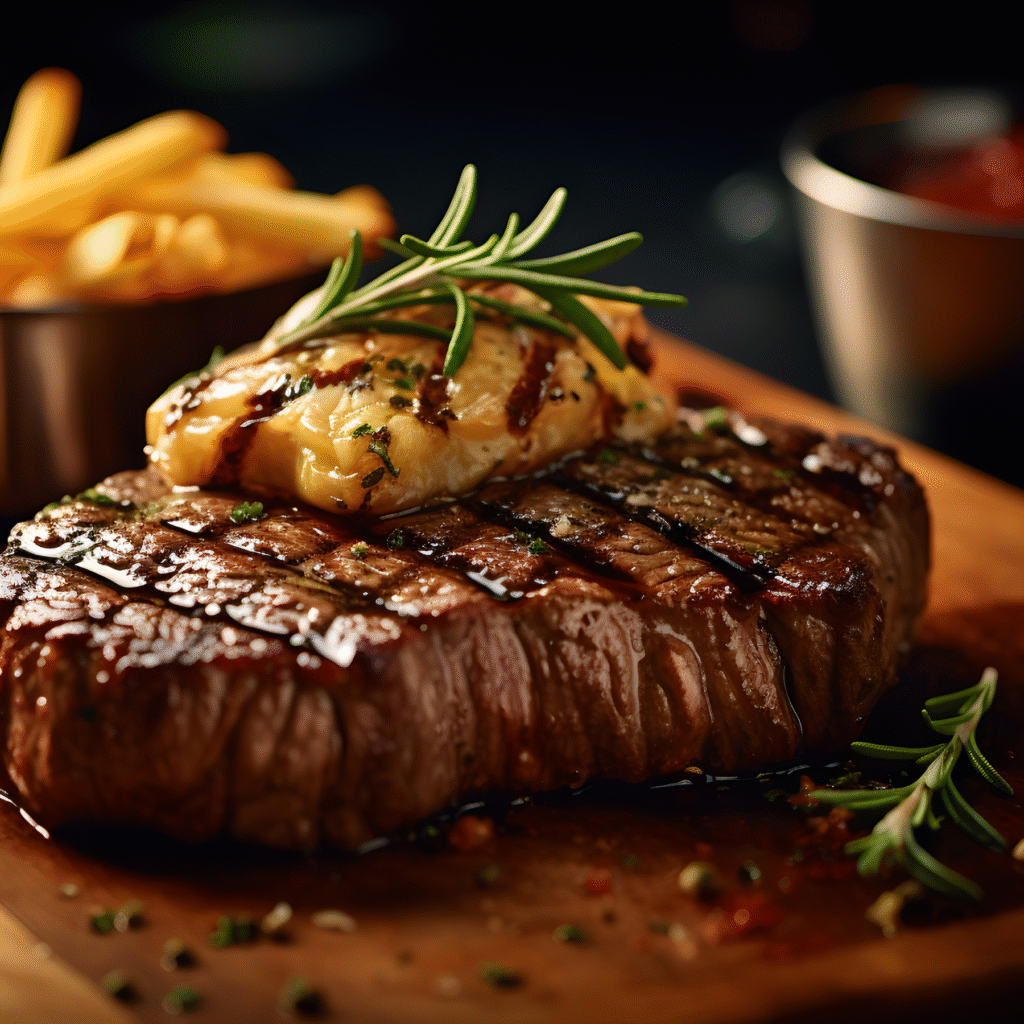
Ribeye Steak, derived from the rib primal, which covers ribs 6-12. It contains the main “eye” (longissimus dorsi) and the surrounding fatty “cap” (spinalis dorsi). Highly marbled and tasty, with juiciness and meaty depth in each mouthful. Chefs and steak enthusiasts often rank this cut among their favorites, frequently calling it the “King of Steaks” alongside filet for its rich, indulgent flavor.
Filet Mignon
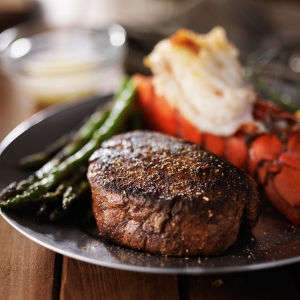
Butchers take this cut from the smaller end of the tenderloin (psoas major), which runs along the spine and stays mostly inactive. This makes it the most tender, leanest steak. Its name means “dainty slice” in French. Many steak lovers appreciate its buttery texture and mild flavor. Chefs sometimes enhance it with sauces or compound butter. And, each cow only yields two filets, it’s also one of the most expensive cuts. Many top chefs call it the “King of Steaks” for its elegance.
New York Strip (Strip Steak / Kansas City Strip)
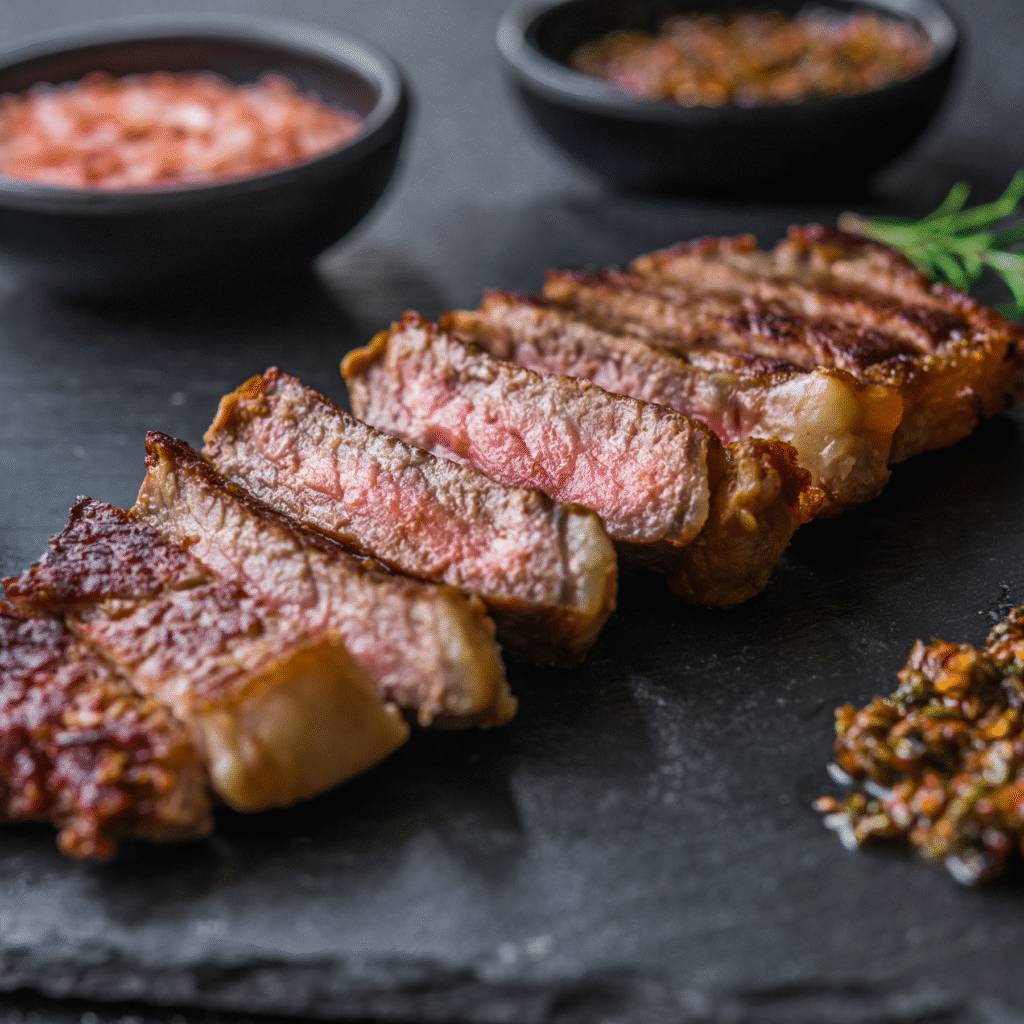
The New York Strip comes from the short loin, specifically the longissimus muscle, which doesn’t get much use. As a result, it’s tender but slightly chewy but it’s not as soft as filet, it has more marbling than sirloin and offers a stronger beef flavor. Steakhouses often feature it for its great balance. Food writers like Sarah Ceniceros frequently place it among the best cuts.
T-bone & Porterhouse
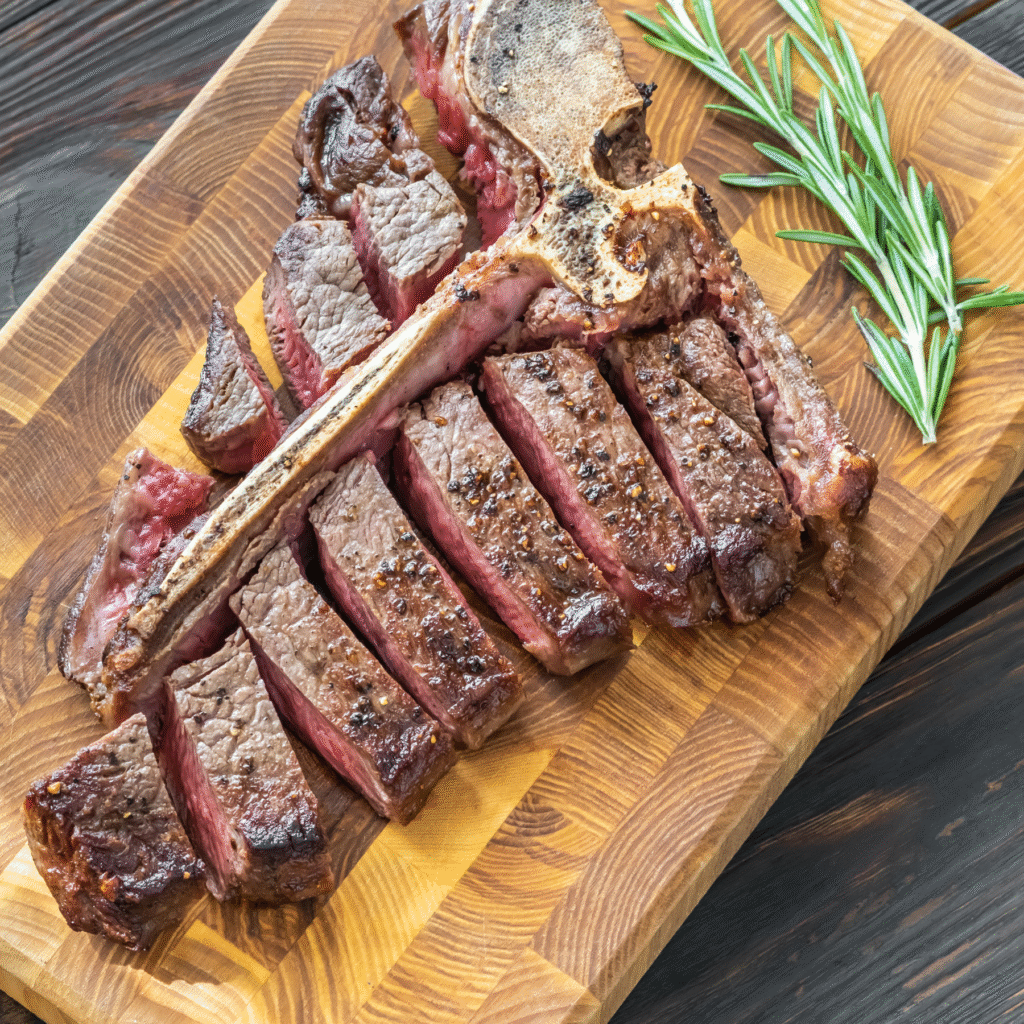
Both are bone-in steaks that combine tenderloin and strip. The porterhouse, for example, comes from farther back and includes a larger tenderloin portion, while the T-bone contains a smaller filet. Because they combine two highly prized cuts into one, these steaks are regarded as premium trophy cuts. In fact, chefs and diners alike appreciate them for their presentation, flavor, and variation in texture.
Top Sirloin
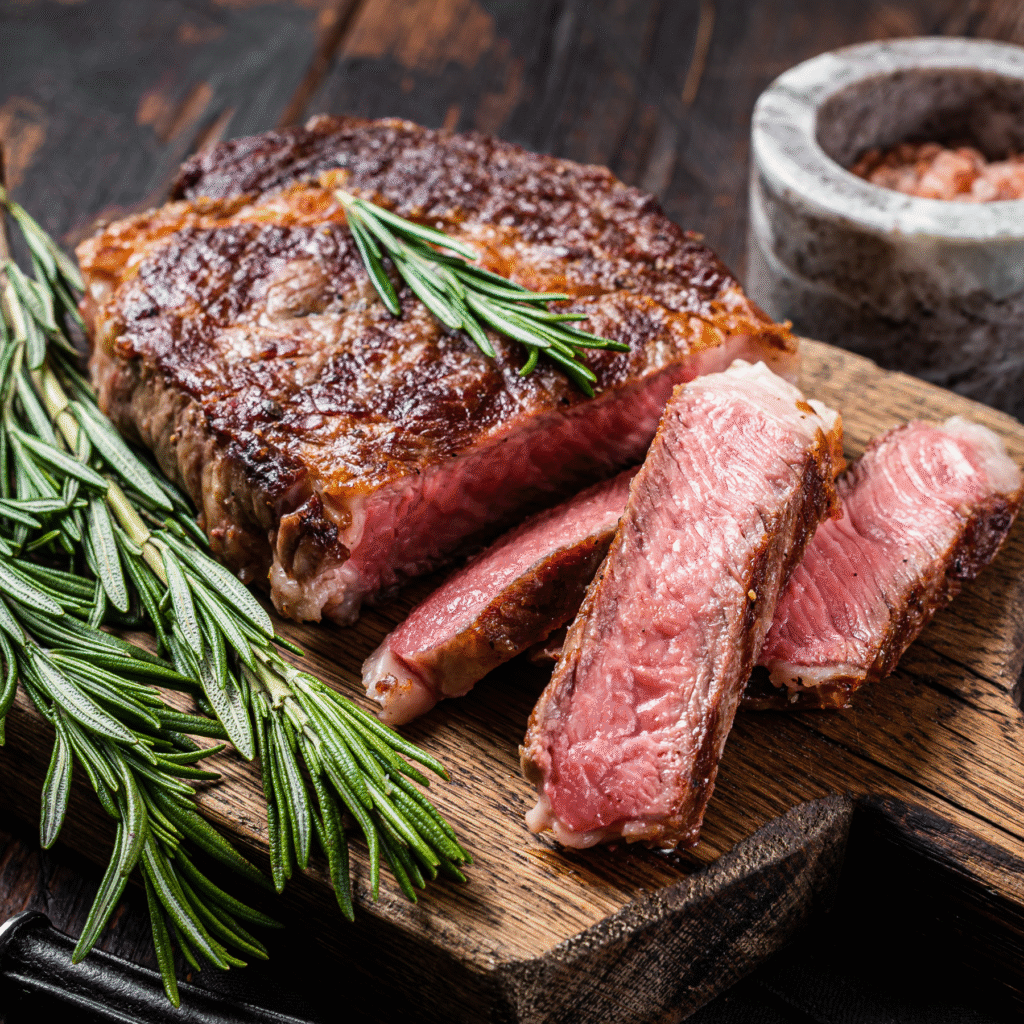
Butchers carve this thin, flavorful steak from the upper part of the sirloin, just behind the short loin. Though it’s firmer than strip or ribeye, it offers bold beef flavor and excellent value. Because of this, it’s a smart pick for everyday grilling. Moreover, although it’s less costly than premium cuts, chefs continue to use it frequently for sauces, steak salads, and casual meals.
Flat-Iron

Its blend of texture and affordability makes flat iron steak popular in both home kitchens and restaurants. In particular, many chefs favor it because it provides a rich, meaty flavor at a lower price point. Furthermore, its tenderness and marbling often surprise diners who expect less from shoulder cuts.
Flank Steak
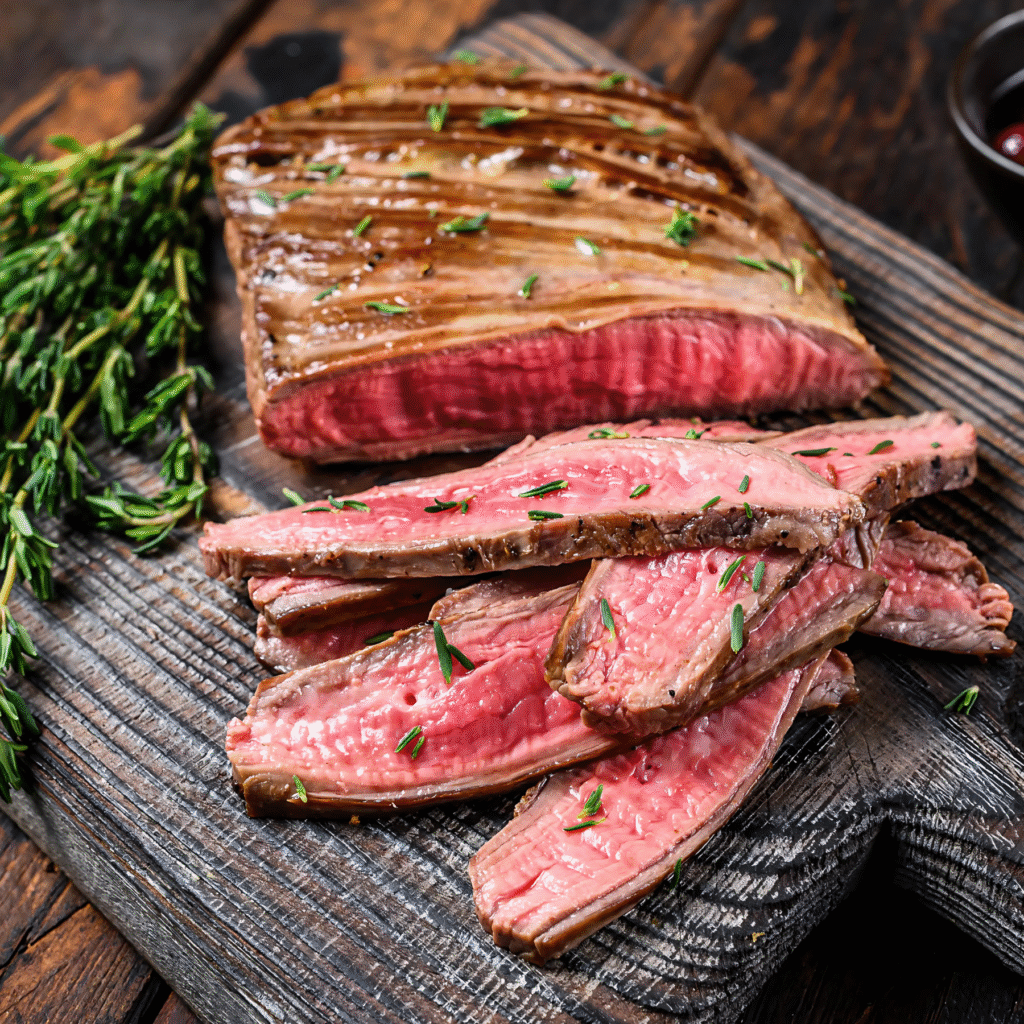
A long, flat cut from the abdomen muscles, recognized for its strong grain and intense meaty flavor—but naturally lean and chewy. Chefs adore marinating it for fajitas or salads, and always slice it thinly against the grain to maximum softness.
Skirt Steak

This steak comes from the diaphragm or plate. It’s long, fibrous, and full of bold flavor. It absorbs marinades well, which makes it a popular choice for tacos, fajitas, and grilled recipes. Because of its rich taste and lower price, many home cooks and chefs love using it.
Not sure which steak to choose or looking for budget-friendly options?
Start by exploring our guide to the top different types of steaks — their unique flavors, textures, and the best ways to cook each cut. Then, dive deeper into expert advice and tips with our blog posts: